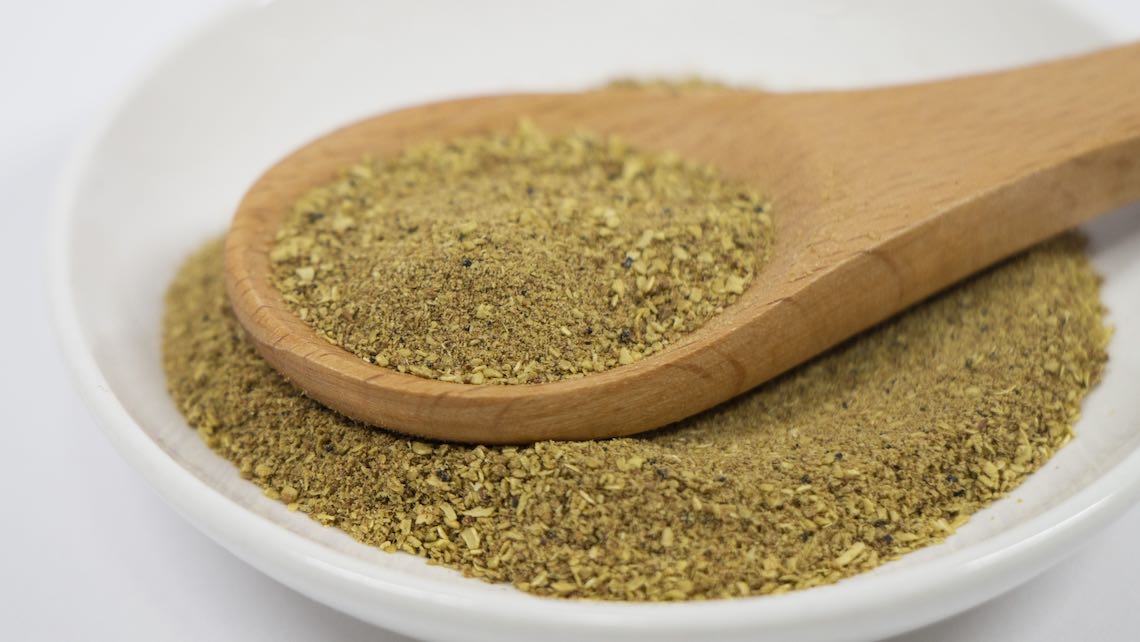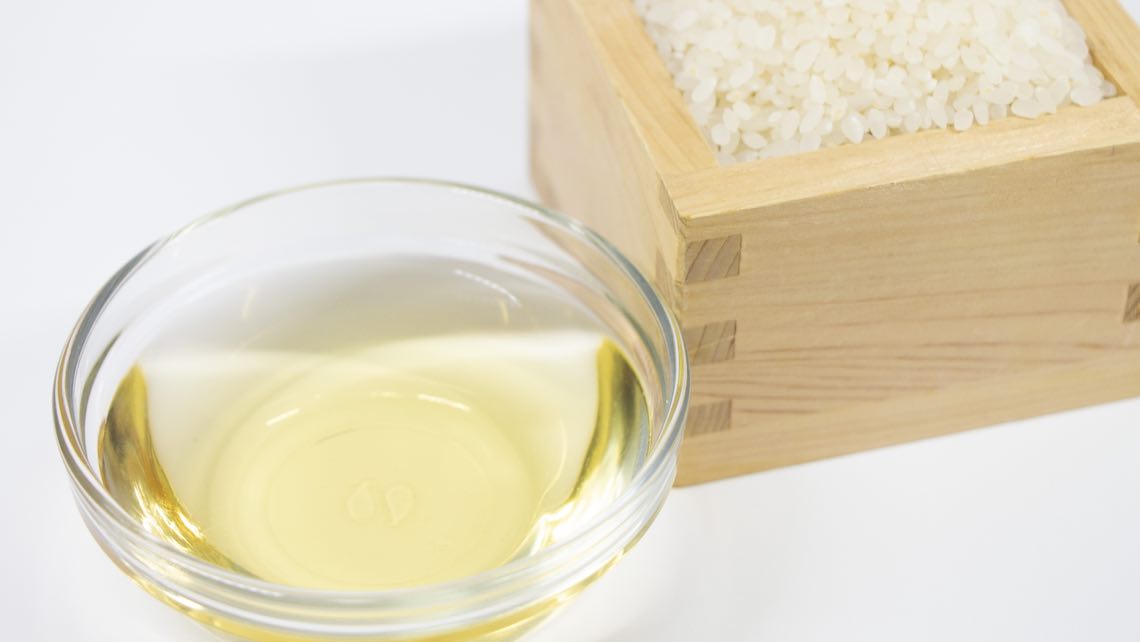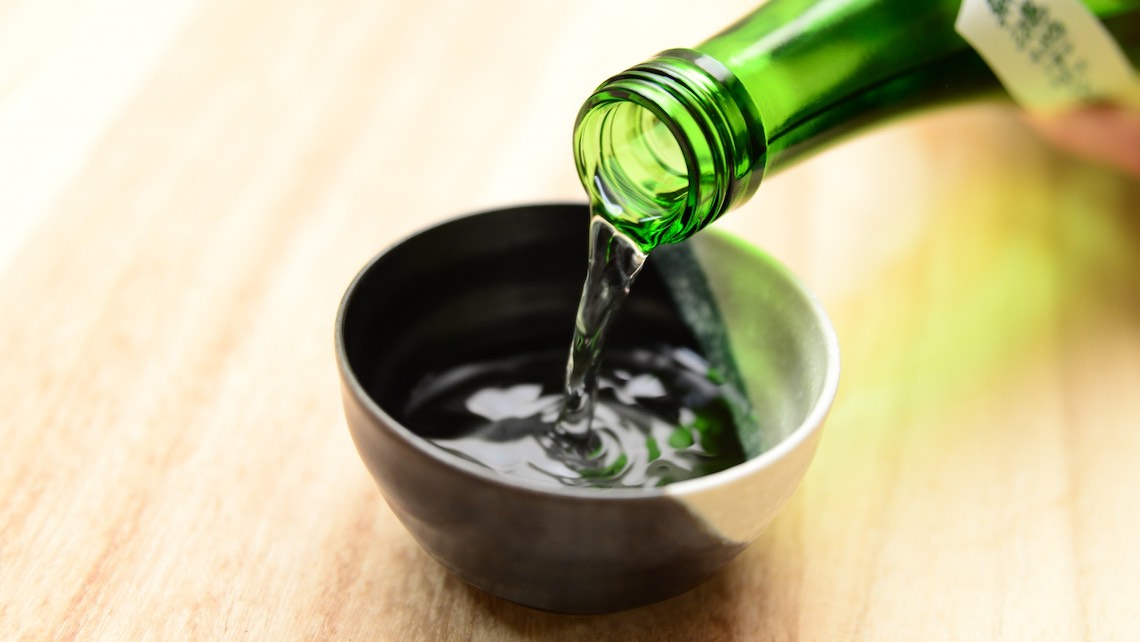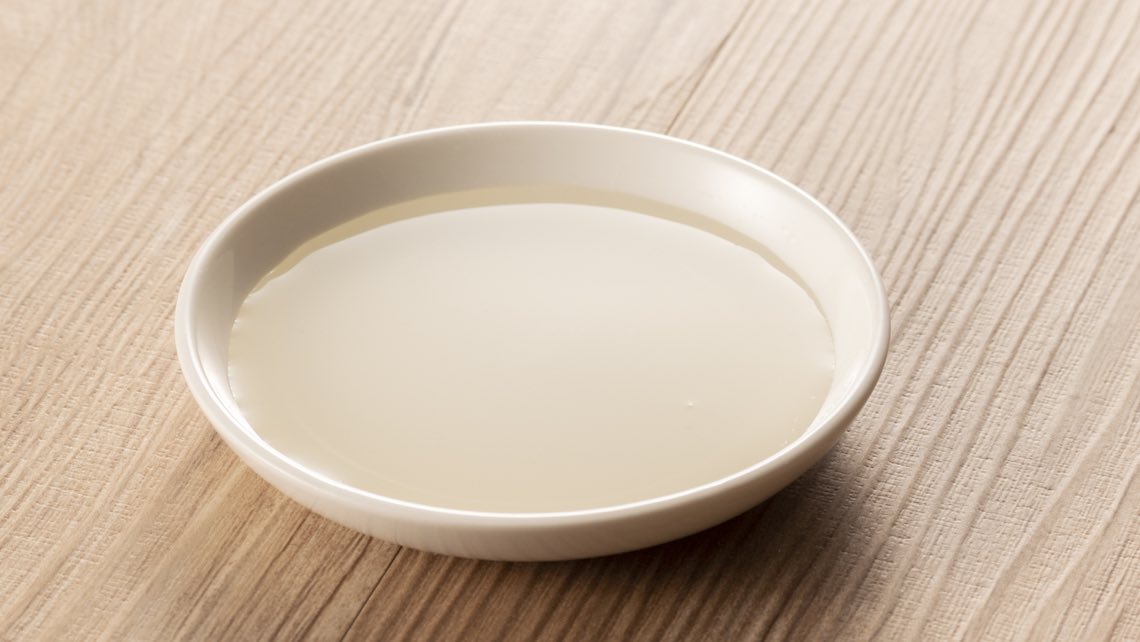Soy Sauce [Shoyu]
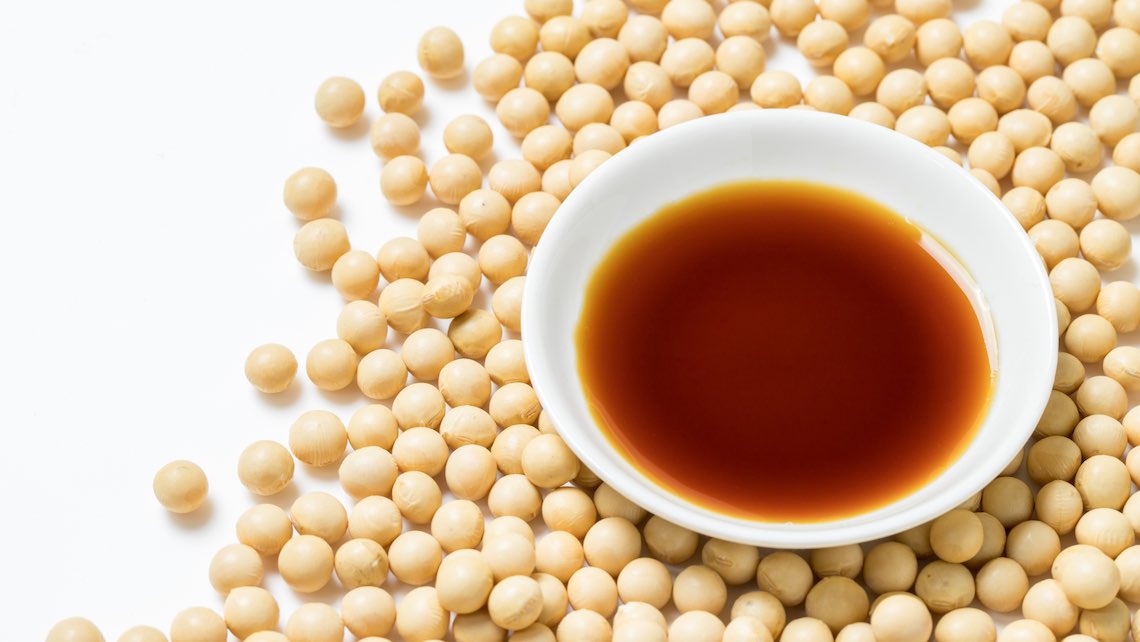
Japanese Name and Pronunciation:

[shouyu]
Japanese soy sauce is classified into five main types: “Koikuchi,” “Usukuchi,” “Saishikomi,” “Tamari,” and “Shiro.” Each type has its own distinct characteristics and plays a unique role in Japanese cuisine.
5 Types of Soy Sauces
Koikuchi Soy Sauce
Koikuchi soy sauce is the most common and widely used type in Japan. It has a rich, full-bodied flavor with a balanced combination of umami, saltiness, and sweetness. Koikuchi soy sauce is dark in color and adds depth to various dishes. It is versatile and suitable for general cooking purposes, including stir-fries, marinades, soups, and dipping sauces.
Usukuchi Soy Sauce
Usukuchi soy sauce is a lighter and saltier version compared to koikuchi soy sauce. It has a lighter color and a more delicate flavor. Usukuchi soy sauce is commonly used in dishes where the preservation of the ingredients’ natural color is important, such as seafood or vegetables. It adds a subtle umami taste without overpowering the dish.
Saishikomi Soy Sauce
Saishikomi soy sauce is made by re-fermenting koikuchi soy sauce with additional ingredients. It undergoes a longer aging process, resulting in a deeper and more complex flavor profile. Saishikomi soy sauce has a richer and more intense taste compared to regular soy sauce. It is often used as a dipping sauce or added to stews and simmered dishes to enhance their savory notes.
Tamari Soy Sauce
Tamari soy sauce is a type of soy sauce with a higher soybean content and less wheat compared to other varieties. It has a thick consistency and a rich, smooth flavor. Tamari soy sauce is gluten-free and has a slightly sweeter taste. It is commonly used as a dipping sauce or added to dishes where its unique characteristics can shine, such as sushi or sashimi.
Shiro Soy Sauce
Shiro soy sauce, also known as white soy sauce, is a light-colored and mild-flavored soy sauce. It has a lower salt content and is less intense in flavor compared to other types. Shiro soy sauce is often used to season delicate dishes, such as steamed vegetables, tofu, or clear soups, where a subtle soy sauce flavor is desired without overpowering the dish’s natural flavors.
These five types of soy sauce offer a range of flavors, intensities, and applications in Japanese cuisine. From adding depth to robust dishes to delicately enhancing the flavors of more delicate preparations, soy sauce is a versatile and indispensable ingredient that contributes to the umami-rich and well-balanced taste of Japanese dishes.

